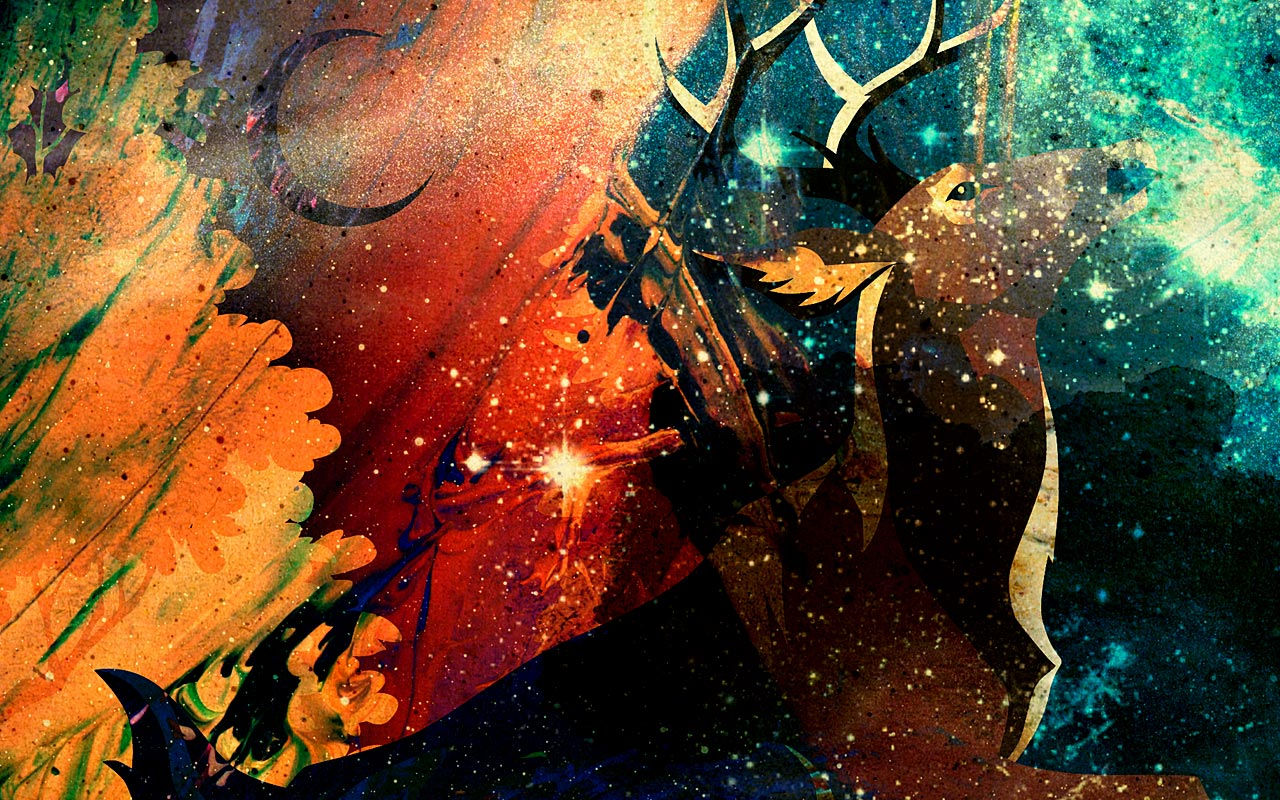Elegy of Giselle
- Lilly Zhao
- May 1, 2024
- 3 min read
Updated: Feb 12

What is love? I believe no one can tell clearly. Even though most people will encounter love in their lives, if you ask them this question, I guess they can only vaguely explain their understanding.
Some people say that love is an emotion, while others say that love is a state. Some people say that love is three meals a day, while others say that love is the dessert after a meal. Some people can go into the grave of marriage for love, while others ignore love for the sake of freedom. But no matter how people comment on love, it is an eternal topic for mankind.
Around this topic, there have been too many famous figures throughout the ages expressing the "love" they understand or yearn for in various literary or artistic forms, and "Giselle" is a film about youth and love, death and A ballet of compassion.
This work, which describes "the unresolved love between man and ghost", has a history of 170 years and is a classic romantic work handed down from generation to generation. The story itself comes from Heine's poems and Hugo's novels, the music comes from the French Romantic composer and music critic Adolphe Adam, and the choreographers Coralie and Jules Perrault are both first-class choreographers, who first starred in Giuseppe. Carlotta Grisi from Sale is even more of a talented dancer. A drama that combines the efforts of so many celebrities, no wonder it has been shining brightly on the stage since its first performance.
There are two acts in the dance drama. In the first act, the beautiful and innocent peasant girl Giselle rejects the pursuit of the forest guard Hans. By chance, she meets Albert, an aristocratic young man disguised as a peasant. Albert, who is already engaged, falls in love with Giselle. As a result, the entire dance drama unfolds in the process of Albert's pursuit with all his strength and Giselle's shyness in speaking. It has all the elements of romantic love, and ballet can express these emotions vividly. Coralli and Jules Perrault used solo dance, duet dance, group dance and other forms of expression to push the love between Giselle and Albert to a climax. In the end, Giselle accepted the love and boarded a float to receive everyone's blessings, which was like giving their love the highest honor.
The turning point of the story occurs when Hans reveals Albert's identity and Albert's fiancée reveals the truth again. The bright sunshine turned into a rainstorm and thunder in an instant. Giselle, who regarded love as everything, seemed to have no choice but to fight to the death. The weird part of the whole story lies in the ghost play in the second act. Through lighting and scenery to enhance the atmosphere, the world of the female ghost has become particularly desolate and full of phantoms. The female ghost who belongs to the Misfortune Department uses the extremely romantic behavior of "inviting people to dance to death" to introduce the heartless people into the situation they have to do. In a state of madness, Hans "dances to death" in this way. Later, Albert was invited to join the dance. However, Albert's true love for Giselle is not flirting or teasing, nor is it lustful or extravagant. Therefore, the ending is not a breakup, but brings the two to the extreme of tragic romanticism. Giselle faced Albert, whom she still cared about, and tried her best to save him, but like the daughter of the sea, she quietly disappeared into the mountains and forests before dawn. Using lies to nurture love, using life and death to sublimate love, and finally using regret to commemorate love, "Giselle" is indeed the pinnacle of tragedy in the French "romantic ballet" period. It still seems to be so love-filled that it is so desperate and so beautiful that it makes your heart tremble.
This ballet is one of my favorite dance dramas, especially the scene in the second act where Giselle in a white Tutu skirt dances in the mountains and forests, so light, so soft, so pure, so melancholy, everything. Everything explains my expectations for love. But when I moved Giselle to canvas, I suddenly had a new understanding of love. Perhaps the magic of love does not lie in the sweetness of two lovers growing old together, but in the nirvana and rebirth after loving each other without forgetting each other. Giselle's love is full of martyrdom and victimhood. Is this the meaning of people experiencing love? Is it depression? decadent? even death? Or should I cheer up? Endeavor? Self-growth? Therefore, I am not satisfied with the cold, sad, hateful, and soul-destroying blue tone in "Giselle". I want to add the bold, beautiful, lively, and shining gold tone. This expresses my hope that everyone can gain the power of self-growth from love instead of being a victim of love.


Comments